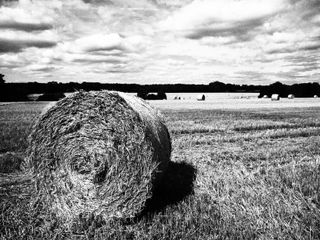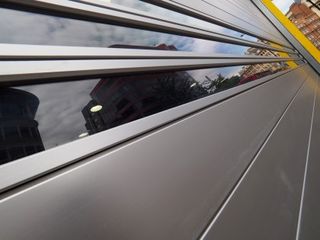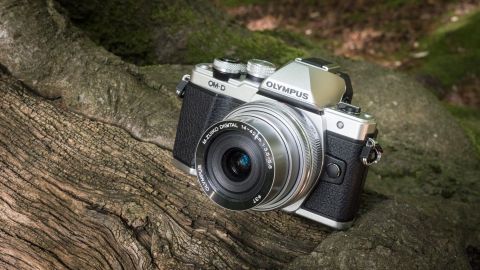Why you can trust TechRadar
Olympus hasn't divulged whether the sensor inside the OM-D E-M10 Mark II is the same as the one in the E-M10, but it's likely that it is very similar. The processing engine is the same TruePic VII system. Our lab tests indicate that the OM-D E-M10 Mark II produces very similar images to those from the Mark I, but the newer camera has a slight edge for detail resolution.

Click here for a full size version.

Click here for a full size version.
Although there's a tiny hint of luminance noise visible at 100% in JPEG images captured at ISO 400, there's a good level of detail visible in low to mid sensitivity range shots. Noise is controlled well up to around ISO 6,400 when some areas in JPEGs start to take on a slightly painterly appearance at 100%. Nevertheless it's within acceptable limits for making A3 (11.7x16.5 inch) prints. The results at ISO 12,800 and 25,600 are reasonably good provided you are happy to keep printing sizes to A4 (8.3x11.7 inches) or smaller.
Even when all noise reduction is turned off, when raw files are processed using the supplied Olympus Viewer software they look remarkably similar to the JPEGs. Those taken at ISO 25,600 have hardly any chroma noise (coloured speckling) visible, but luminance noise is present at from ISO 400. I anticipate that processing the files in Adobe Camera Raw will allow more chroma noise to be visible and this will enable greater control over the balance of detail and noise that's visible. We'll have to wait for a Camera Raw update to be sure.

Click here for a full size version.
One area where the E-M10 II really impressed was with its autofocusing. I enjoy music photography and in the past I've found that compact system cameras haven't been able to cope when stage lights are the main form of illumination. However, when shooting at Fairport's Cropredy Convention I found that the E-M10 Mark II was more than up to the job with the M. Zuiko Digital ED 40-150mm f/2.8 Pro lens mounted. It was able to get the subject sharp even in very low light conditions. Provided I positioned the starting AF point over the subject I also found the AF Tracking system was able to get it sharp quickly and keep it sharp as performer moved around the stage. This was much easier than constantly changing AF point manually. All three of the cameras that I used in the pit this year (the others were the Panasonic GX8 and Sony Alpha 7R II) were able to give me sharp images in very low light, but the E-M10 II coped just a little better. It was also helpful to have the 40-150mm lens which with the Micro Four Thirds focal length multiplication of the E-M10 II produces images comparable with an 80-300mm lens with a constant maximum aperture of f/2.8. I didn't feel that I was missing out by not using an SLR.
Click here for a full size version.

Click here for a full size version.
It seems that 5-axis image stabilisation is all the rage right now. The system inside the E-M II is very good. When shooting with the 40-150mm lens mentioned earlier, I was able to get images that look sharp at 100% when shooting at the longest point (which is equivalent to 300mm) and using a shutter speed of 1/8second. Rising to 1/15 sec produced more consistently sharp images, but if you are able to shoot several images to make sure you've got a few to choose from, you can push the shutter speed impressively low. Video is also more stable – although you still can't walk and shoot with the camera handheld and expect totally smooth footage.
As we have found with previous Olympus OM-D cameras, the automatic white balance and metering systems give a good account of themselves, delivering the colours and exposures that you would expect in any given situation. The E-M10 II's dynamic range scores in the lab are also pretty good and in real world shooting it doesn't loose highlights quickly. Its images generally have pleasant contrast and tonal range.

Click here for a full size version.

Click here for a full size version.
Although I have little use for Art Filters like Watercolour and Keyline, there are others such as Grainy Film, Pop Art and Dramatic Tone that I like for their fun, quick effects. I especially like that they can be shot in a sequence using the bracketing control and any of the image can be shared quickly on Facebook or Twitter via a smartphone connected to the camera's Wi-Fi system. It gives you the fun of Instagram with the image quality (and raw file) of a good camera.

Click here for a full size version.

Amazon Prime Video's disappearing act could point to a future without the service

Tesla Cybertruck suffers new recall for a very scary problem

'The party is over for developers looking for AI freebies' — Google terminates Gemini API free access within months amidst rumors that it could charge for AI search queries
